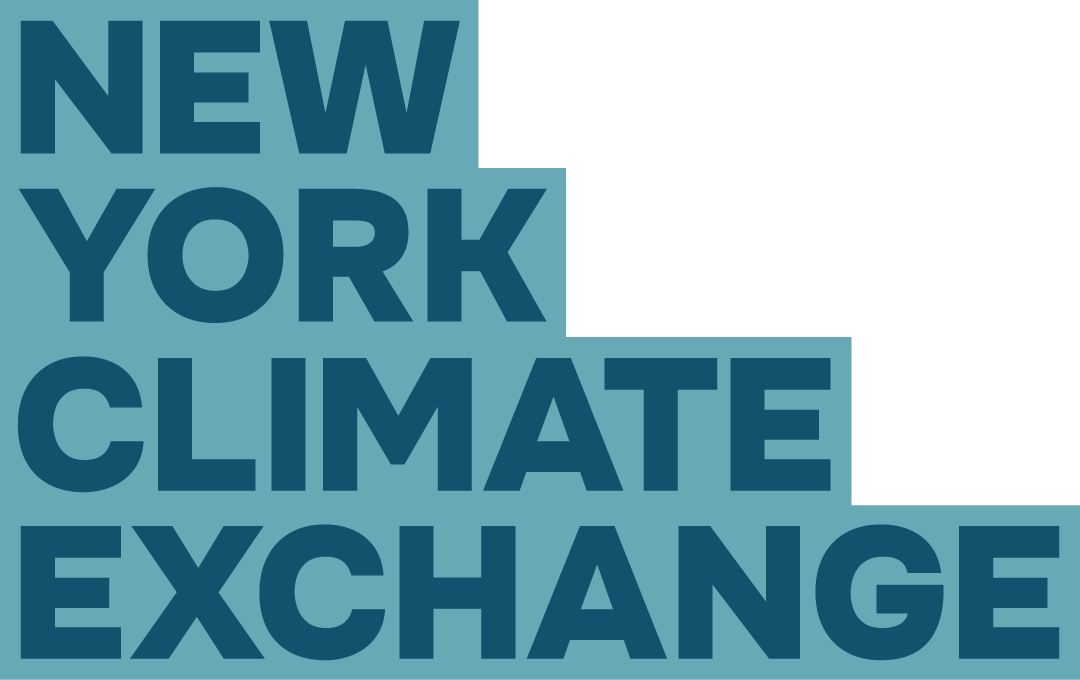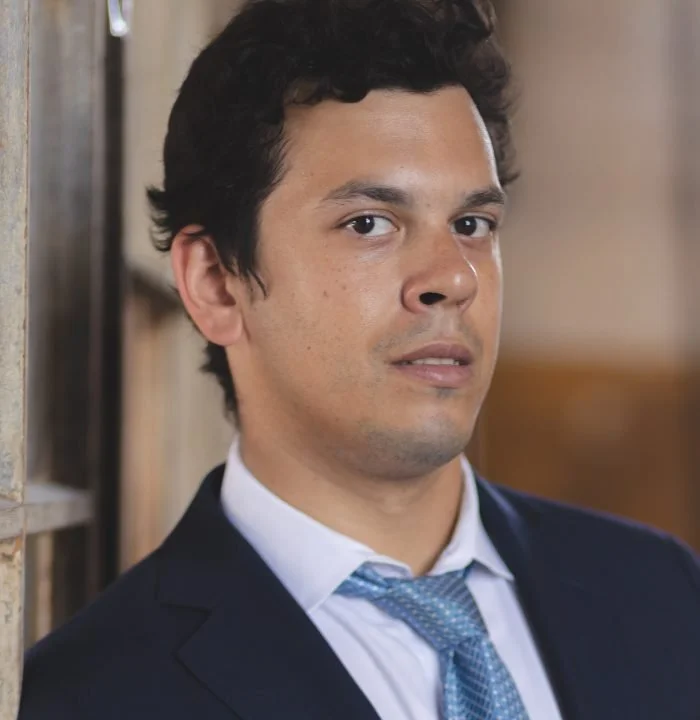A Pivotal Moment For Our Oceans: The Exchange Heads To UNOC
The New York Climate Exchange is proud to participate in the UN Ocean Conference (UNOC), starting next week in Nice, France. This will be the third Ocean Conference hosted by the UN, and the first time that The Exchange is putting its collaborative model into action for our oceans.
With a goal to bring together experts across disciplines and geographies to urgently scale climate solutions, The Exchange has joined the recently established UN Ocean Rise and Coastal Resilience Coalition to drive adaptation efforts among coastal territories and convene key mayors, governors, and stakeholders. We’re also excited to welcome two distinguished researchers to our delegation traveling to Nice. Dr. Douglas Nowacek, from Duke University’s Marine Lab, has been tackling ocean noise and its impact on marine life, and Dr. John Bohorquez of Stony Brook University is an expert on coral reefs and ocean conservation financing. Here’s what they’ll be talking about and listening for at UNOC.
Solutions to Reduce Ocean Noise
Dr. Nowacek has led groundbreaking research on marine mammals and how they’re affected by human-generated ocean noise. As principal investigator for the Wildlife and Offshore Wind project, he leads a consortium of 12 organizations studying the effects of offshore wind energy development on marine mammals, birds, and bats. One of the primary goals of the WOW Project is to understand the interactions and potential impacts on marine mammals of noise associated with offshore wind development.
He is excited for stronger agreements to address noise pollution in the ocean. Human activities like offshore energy exploration and development, commercial shipping, and sonar create a “cocktail party effect” that make it increasingly difficult for marine animals, particularly dolphins and whales, to communicate in their natural environment.”The only way to get rid of ocean noise is to reduce it or stop making it” explains Dr. Nowacek, However, there are new techniques and technology that can greatly reduce the volume and its impact on wildlife. For example, vibratory pile driving technology can significantly reduce sound effects from offshore wind installations compared to the loud, intense pounding of traditional pile driving into the ocean floor.
Dr. Nowacek has participated in several international, multistakeholder discussions and agreements. At UNOC, he is hoping to engage with other projects, like the GloNoise Partnership, that are working towards sensible changes to minimize the distance that noise from commercial shipping will travel underwater.
“There are operational as well as technological methods for reducing ocean noise. For example, there are areas that channel and, in effect, magnify the effects of noise producing activities. DeSoto Canyon in the northern Gulf of Mexico, acts like a noise funnel when ships travel over it. By rerouting ships to avoid the head of that canyon, we can significantly reduce the amount of shipping noise that travels out into the Gulf of Mexico,” he says.
Coral Reefs and Conservation Finance with John Bohorquez
John Borhorquez, Stony Brook University
Dr. John Bohorquez of Stony Brook University, The Exchange’s anchor institution, focuses on conservation finance, marine protected areas, fisheries, and coral reefs. At UNOC, Bohorquez will lead a kick-off event to showcase research at Stony Brook on coral reef resilience and conservation on June 9 alongside Exchange CEO Dr. Stephen Hammer and Stony Brook Adjunct Professor Dr. Karine Kleinhaus. The talk will focus on the critical role of transnational cooperation in coral reef conservation efforts to support resilience to climate change of these fragile ecosystems, using regional approaches to protect reefs from threats that undermine resilience such as harmful fishing, coastal development, and pollution as a blueprint for international collaboration around ocean issues.
The session, which will be held at the #ForCoral Pavilion hosted by the International Coral Reef Initiative (ICRI), will bring experts to speak on coral resilience and transboundary conservation from the Coral Triangle, the Caribbean, and the Red Sea. Coral reefs in the Gulf of Aqaba, at the northern end of the Red Sea, have demonstrated remarkable resilience having experienced virtually no bleaching and a full rapid recovery from the 2023-24 global bleaching event that affected 84% of coral reefs around the world. Led by Stony Brook University and co-sponsored by the New York Climate Exchange, the June 9th event will also be co-sponsored by SHAMS (The General Organization for Conservation of Coral Reefs and Turtles in the Red Sea), Healthy Reefs for Healthy People, and have representation from the Global Fund for Coral Reefs.
As a global expert in marine conservation finance and having contributed to the development of several global ocean finance initiatives, Bohorquez is also looking for announcements and commitments on ocean finance from UNOC and the Blue Economy Finance Forum to support conservation and a sustainable Blue Economy.
“2025 can be a game-changing year for oceans. We are seeing many examples of how resilient our oceans can be, if we can head off further human-caused harm to ocean health,” Bohorquez says. “The moment is now.”
A Critical Juncture for Ocean Health
The participation of these partner researchers at UNOC embodies The New York Climate Exchange’s commitment to identifying and developing science-based, interdisciplinary solutions necessary to address complex challenges related to our oceans. The ocean is remarkably resilient and — as David Attenborough puts it in his new documentary — “our greatest ally against climate catastrophe.” But there are limits, breaking points. We must act now to preserve its health.



